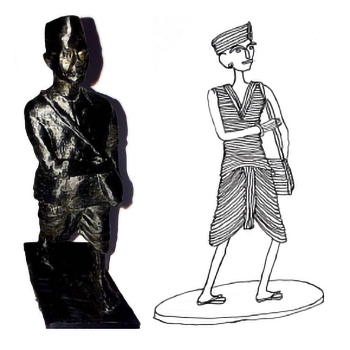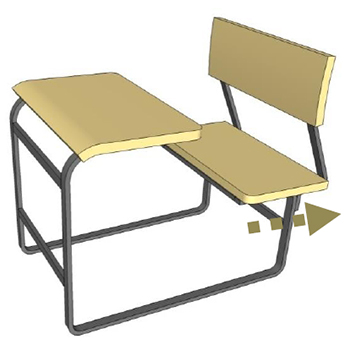The Dandi march lasted for 24 days, from 12 March 1930 to 6 April 1930, a campaign of tax resistance and nonviolent protest against British salt monopoly. It gave impetus to the Indian independence movement and started a nationwide civil disobedience movement. Gandhi, along with 80 trusted volunteers, covered 240 miles in 24 days. Started from Sabarmati Ashram, 240 miles away from Dandi, and broke the salt law on 6 April 1930 at 6:30 am. It sparked large-scale acts of civil disobedience against British Raj salt laws by millions of Indians. The salt satyagraha continued for a year, ending with Gandhi's release from jail and negotiation with the viceroy. Over 60,000 Indians were jailed as a result of satyagraha. Gandhi used civil disobedience as a technique for fighting social and political justice. Dhokra art is one of the earliest known methods of non-ferrous metal casting known to human civilisation. The name Dhokra was initially used to indicate a group of nomadic craftsmen. Later it applied to beautifully decorated brassware products created by the lost wax process. In India, these craftsmen are clustered in the states of Bihar, Odisha, Madhya Pradesh, and West Bengal. Dhokra art is practised by different communities like the Thataries, Ghasis, Situlias, Ghantaras, Bathudis and other Dhokra workers.



